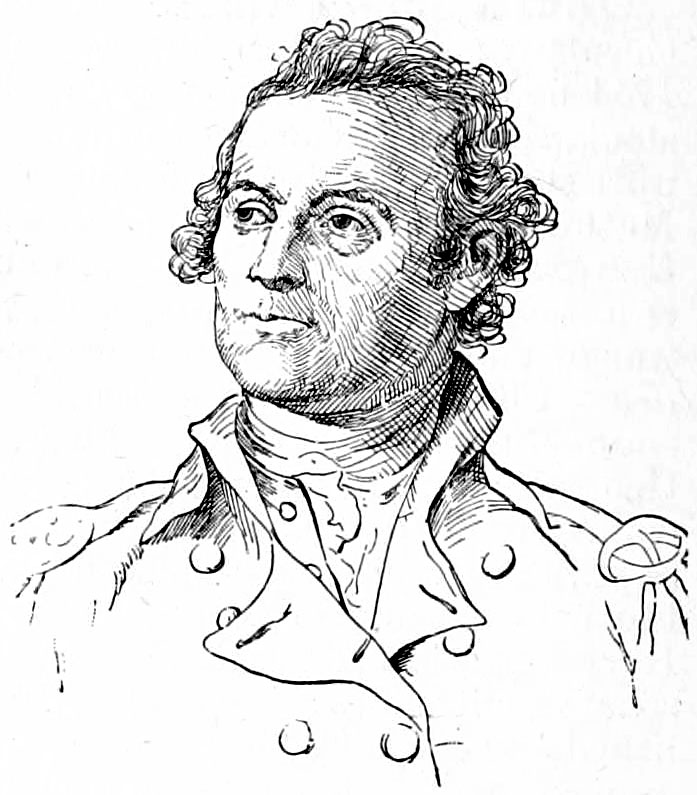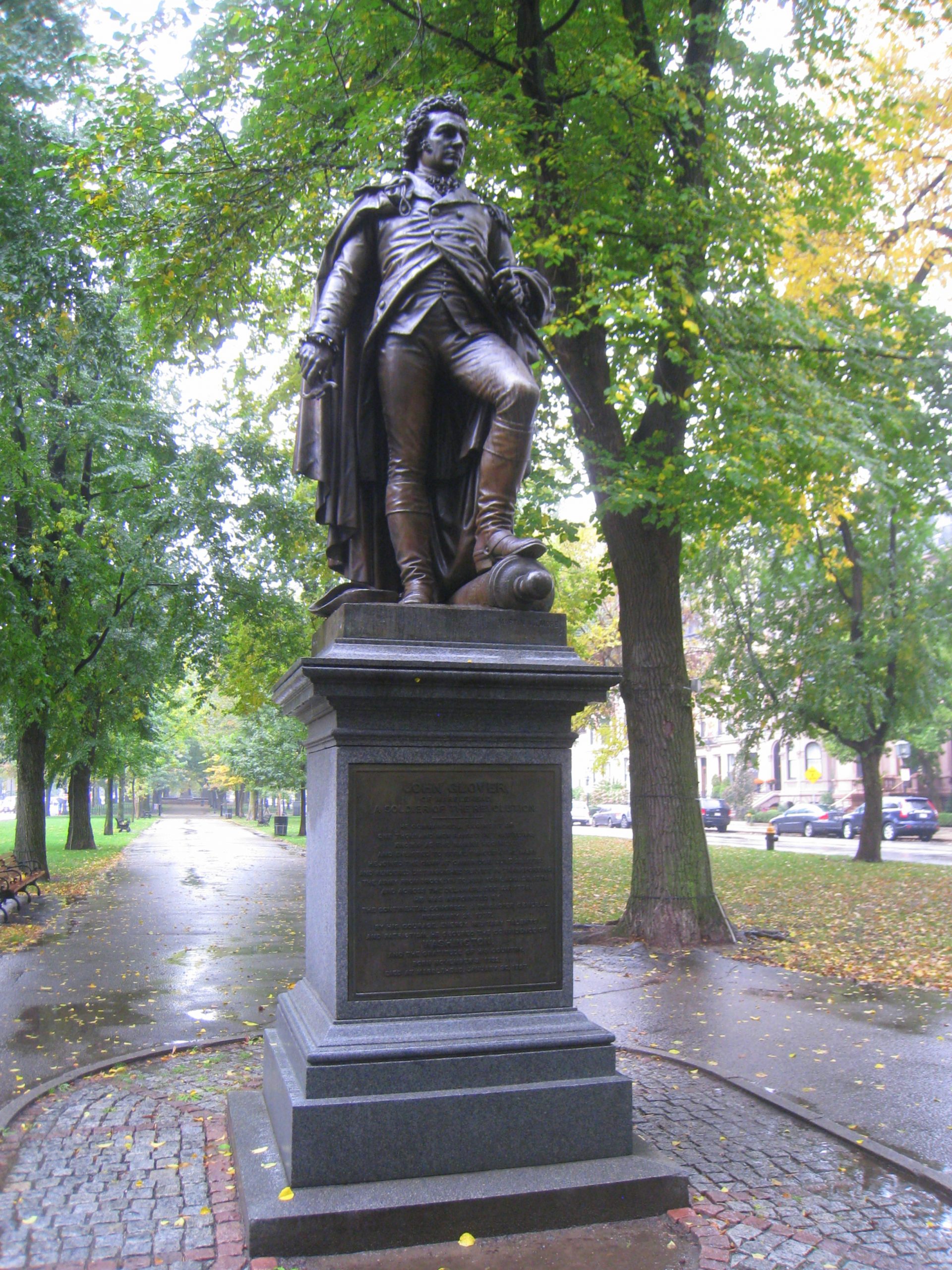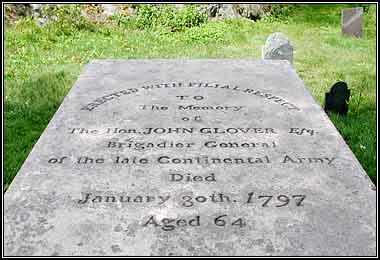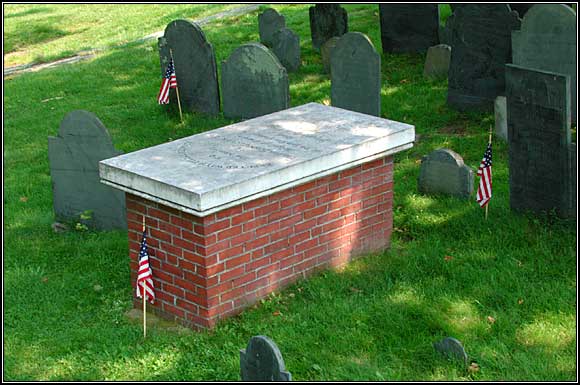Although he served the Continental Army with distinction from 1775–1782, with important roles in the Saratoga, Rhode Island and Hudson campaigns later in the war, he is best known for his brave exploits in 1776, after which he was promoted from colonel to brigadier general.
Following the American defeat at the Battle of Brooklyn in late August 1776, Glover and the Marbleheaders literally rescued the Continental Army in a daring evacuation mission across the East River into Manhattan. In October, as the British were trying to trap American forces in northern Manhattan, Glover took command of several other regiments and held the British off in the Battle of Pell’s Point, allowing General Washington and the bulk of the Continental Army to escape to White Plains.
In December, Glover and the Marbleheaders joined Washington in Pennsylvania. After numerous defeats, and in a last-ditch effort to save the American cause, Washington planned to cross the Delaware River and execute a surprise attack on the Hessian garrison in Trenton. Concerned about the weather and the river, Washington consulted Glover, who reportedly told him not to worry, that “my boys can do it.”
On the night of December 25, 1776, John Glover and his Marbleheaders ferried 2,400 American troops, artillery and horses across the ice-choked Delaware River in the midst of a roaring nor’easter snowstorm, then marched 8 miles to Trenton, participated in the First Battle of Trenton, marched back to the river, and ferried the victorious Continental Army and about 1,000 Hessian prisoners back to Pennsylvania. The tide of the war had turned, and the American cause went forward.





